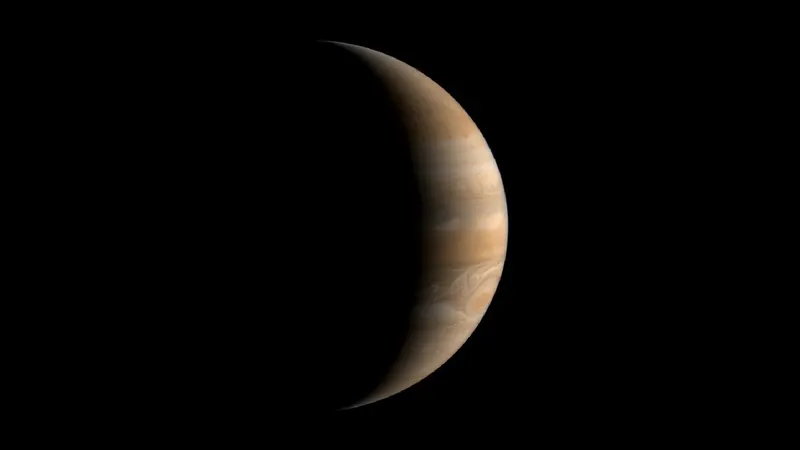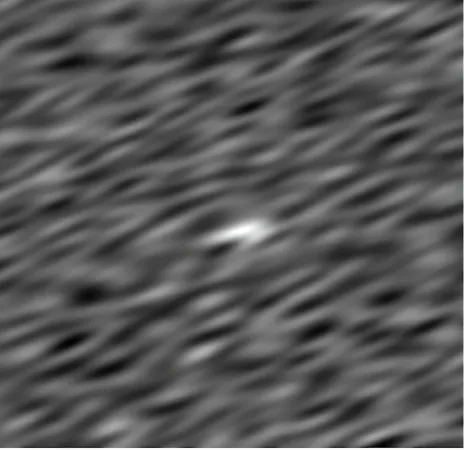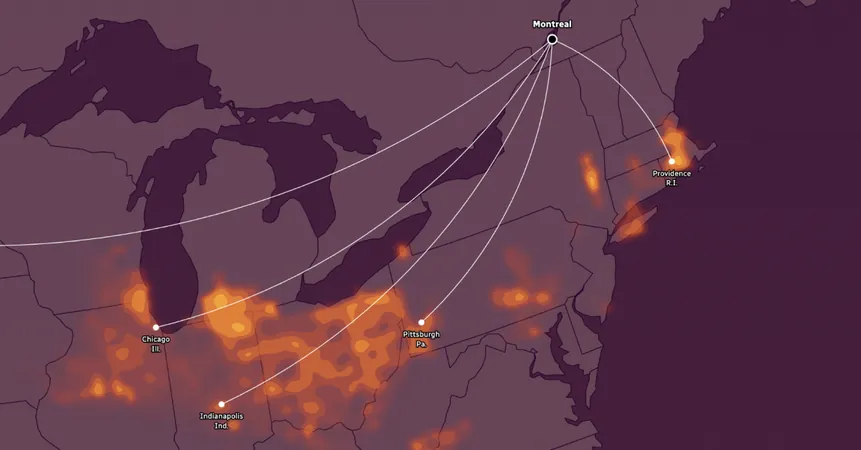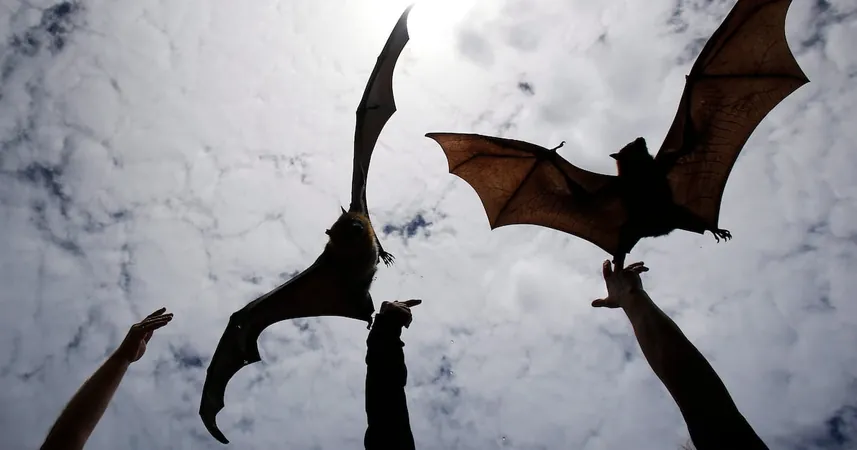
Did an Interstellar Intruder Reshape Our Solar System? New Study Uncovers Stunning Findings!
2025-01-19
Author: Michael
A groundbreaking new study suggests that a planet-sized object, which may have once ventured into our solar system, has left a lasting mark on the orbits of the four outer planets: Jupiter, Saturn, Uranus, and Neptune. This revelation could provide valuable insights into the peculiar characteristics of these planets' orbits, which have puzzled astronomers for decades.
For a long time, the scientific community has debated the formation of our solar system’s planets. While many theories align on the general expectation that planets should orbit the sun in perfect circles and lie within the same plane, the reality is vastly different. None of the eight planets, including our own Earth, boast perfectly circular orbits. Notably, the outer planets exhibit subtle deviations from their ideal paths, raising questions about the processes that caused these irregularities.
Renu Malhotra, a leading planetary scientist at the University of Arizona, highlighted the persistent dilemma faced by astrophysicists: understanding how the orbits of these planets became so distorted. "The puzzle has long been to figure out how the orbits later became out-of-round and tilted," Malhotra explained. While much research has delved into the interactions between these giant planets that could explain their unusual orbits, such theories often fall short when aligned with actual observational data.
Intrigued by these unanswered questions, Malhotra and her team turned their attention to a radical idea: what if a star-sized object passed through our solar system about 4 billion years ago, affecting the orbits of these four giant planets? To explore this hypothesis, the researchers conducted an impressive 50,000 simulations, meticulously crafting various scenarios with different parameters regarding the hypothetical visitor’s mass, speed, and approach to the sun.
Expanding on previous efforts, the study did not limit itself to massive star-like bodies; it also considered significantly smaller objects, even those as compact as Jupiter. They concentrated on close encounters, particularly those where the interstellar visitor passed within 20 astronomical units (AU) of the sun (with one AU being roughly the distance from Earth to the sun, about 93 million miles).
Though many simulations produced conditions that bore little resemblance to our current solar system, approximately 1% of the scenarios yielded results that closely mirrored the present-day orbits of the giant planets. Notably, in these viable simulations, the intruder navigated deep into the solar system, traveling beyond Uranus and, in some instances, skimming past Mercury.
The analysis indicated that these celestial visitors were relatively small, ranging from two to 50 times the mass of Jupiter, a category that includes both planetary masses and brown dwarfs—mysterious, substellar bodies that blur the line between planets and stars.
Further analysis involved simulating the dynamics of the terrestrial planets, revealing that the flybys responsible for altering the giant planets' trajectories also effectively illustrated the current architecture of the entire solar system. One particularly successful simulation modeled a visitor with eight times the mass of Jupiter, making a close approach at just 1.69 AU from the sun—slightly farther out than Mars' average distance.
The research implies that even a single close encounter with a substellar body can dramatically influence the trajectories of the giant planets. Since substellar entities are relatively common in the cosmos, it raises an intriguing possibility: interstellar visitors might be more frequent throughout the universe than previously anticipated.
So, could we be living in a cosmic neighborhood forever shaped by ancient interstellar wanderers? The implications of these findings could reshape our understanding of the solar system’s origins and dynamics, inviting further exploration into the mysterious and majestic workings of our celestial home!









 Brasil (PT)
Brasil (PT)
 Canada (EN)
Canada (EN)
 Chile (ES)
Chile (ES)
 Česko (CS)
Česko (CS)
 대한민국 (KO)
대한민국 (KO)
 España (ES)
España (ES)
 France (FR)
France (FR)
 Hong Kong (EN)
Hong Kong (EN)
 Italia (IT)
Italia (IT)
 日本 (JA)
日本 (JA)
 Magyarország (HU)
Magyarország (HU)
 Norge (NO)
Norge (NO)
 Polska (PL)
Polska (PL)
 Schweiz (DE)
Schweiz (DE)
 Singapore (EN)
Singapore (EN)
 Sverige (SV)
Sverige (SV)
 Suomi (FI)
Suomi (FI)
 Türkiye (TR)
Türkiye (TR)
 الإمارات العربية المتحدة (AR)
الإمارات العربية المتحدة (AR)